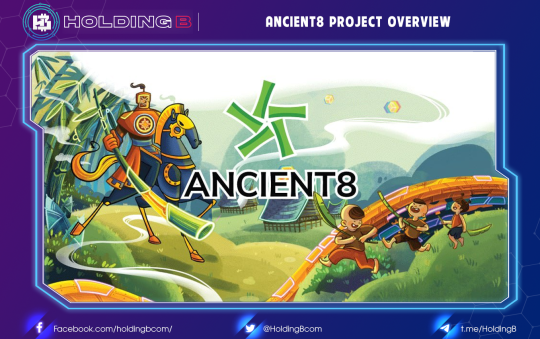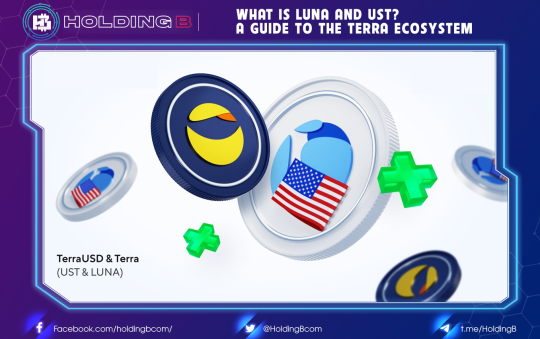In the crypto world, the decentralized financial system is rapidly evolving, and ecosystems are competing with one another to gradually complete important pieces of their ecosystem.
Based on Defi’s TVL index from Defi Pulse, it can be seen that the decentralized finance market has grown into a multi-billion dollar industry, with over $79 billion locked in funds, as of April 2022 and is still maintaining a long-term uptrend..
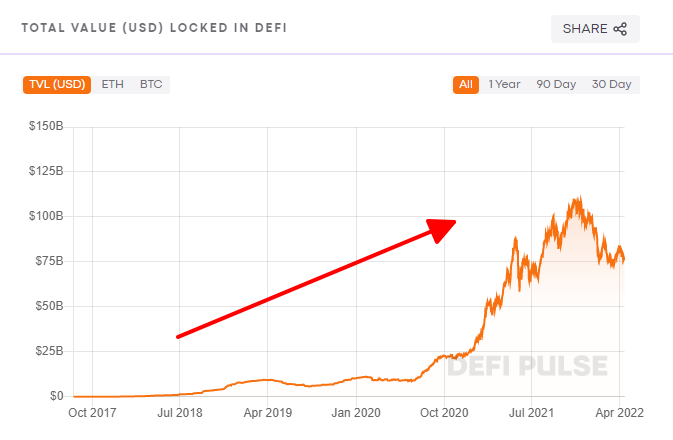
Stablecoins are an indispensable component of the DeFi market. Stablecoins can be thought of as a link between traditional finance and crypto finance.
What is stablecoin?
Stablecoin is a cryptocurrency that, in comparison to other cryptocurrencies, is designed to reduce price volatility. Its value is linked to a stable asset, such as the US dollar or gold…
Stablecoin classification
Based on how it works, there are 3 popular types of stablecoins:
+ Fiat-Collateralized Stablecoin
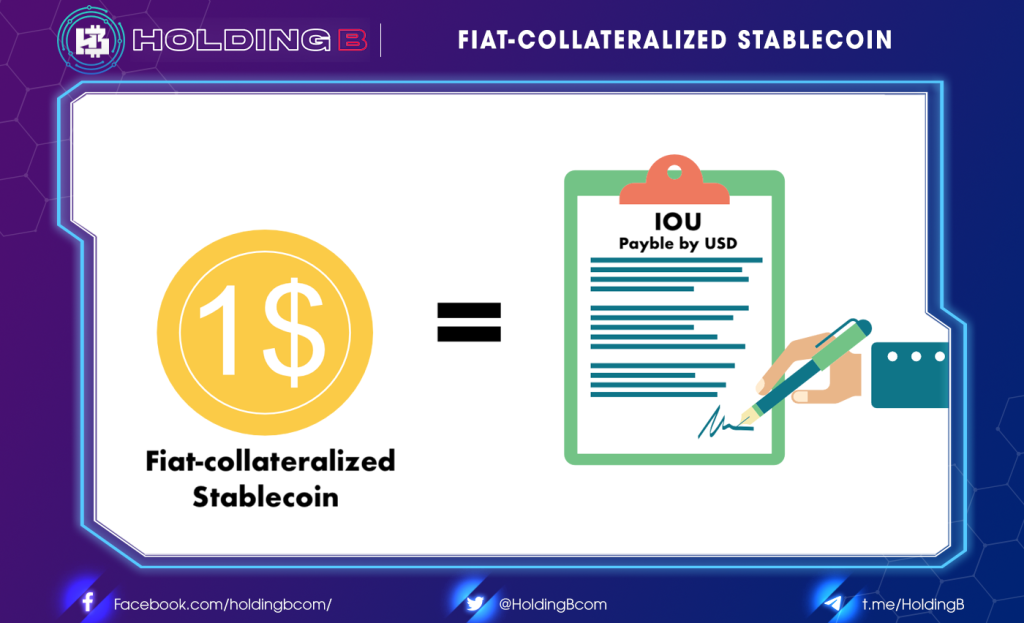
Stablecoins that are 1:1 backed and fiat-collateralized (Fiat) keep a reserve of fiat currency, such as the US dollar (USD), as collateral to issue cryptocurrencies like USDT, USDC, TUSD, BUSD…Other types of collateral could include precious metals, such as gold, or commodities, such as oil…However, the majority of today’s popular fiat-collateralized stablecoins use dollar reserves.
The reserves are regularly audited by institutions to comply with the necessary, stringent regulations that prevent companies from being able to issue more stablecoins than the fiat money they hold in reserve.
Because it is still dependent on banks and fiat money, this stablecoin is still considered a “centralized” cryptocurrency.
+ Crypto-Collateralized Stablecoin

Stablecoins are created by staking a crypto-asset via smart contracts on a decentralized platform. Typically, Dai coins are issued by the MarkerDAO platform, while sUSD is issued by the Synthetix platform…
Stablecoins of this type are frequently backed with a ratio greater than 1:1, also known as “over-collateralized,” due to the volatility of collateral cryptocurrencies. This means that each $1 stablecoin is backed by a $2 collateralized cryptocurrency.
For instance, if you mortgage two ETH worth $8000, you can print stablecoin worth $4000.
+ Non-Collateralized (Algorithmic) Stablecoin
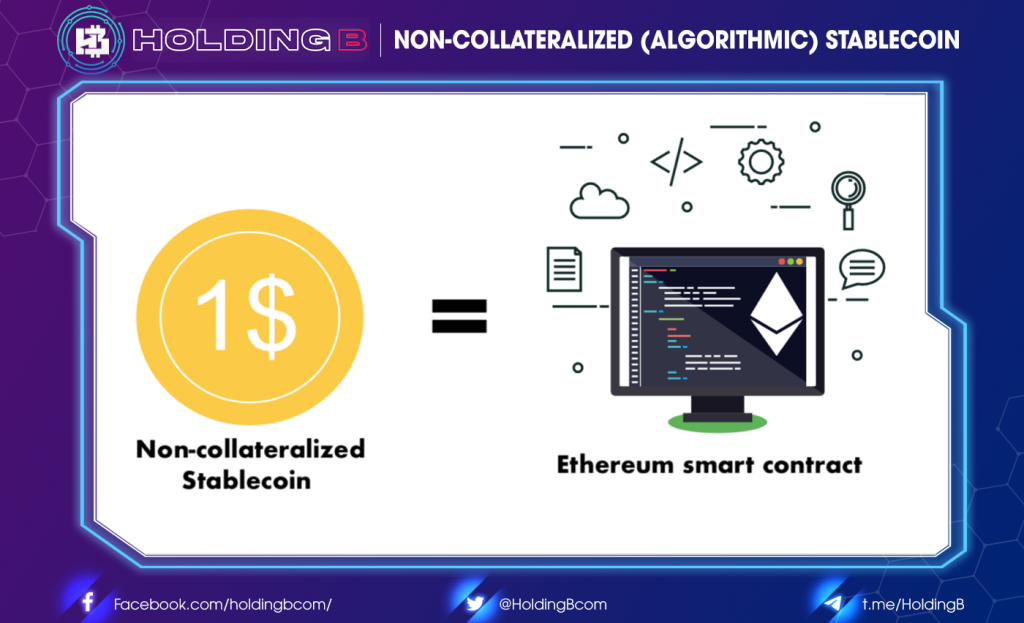
The stablecoins are not collateralized and do not rely on reserves, instead relying on a mechanism that uses a smart algorithm on a decentralized platform to self-regulate supply based on market demand.
They are willing to buy back the quantity in circulation when the price falls, and issue more when the price rises, similar to how a central bank prints paper money to maintain the value of fiat currency. The goal is to keep a currency’s price stable while it is linked to a pegged asset.
The most notable recent growth in algorithmic stablecoins is UST, a decentralized stablecoin of Terra, with a guaranteed value of 1 USD. Since it is an algorithmic stablecoin, when minting a UST, there will be 1 LUNA token burned from the system.
Advantages of stablecoins in Defi
More centralized stablecoin regulation is making decentralized stablecoins more attractive to investors in the DeFi system.
Decentralized stablecoins are transparent, unattended, and have no or partial control of a third party. All collateral support is visible to everyone as the funds are on a publicly verified blockchain.
This allows decentralized stablecoins to become more reliable.
The role of stablecoin in DeFi
In addition to the ability to transfer value and avoid the risk of price fluctuations of other cryptocurrencies. Decentralized stablecoins also use stability to profit from platforms in DeFi at interest rates that are competitive with fixed rates in traditional financial markets.
Conclude
Ecosystems are increasingly competing to issue their own decentralized stablecoins as Defi continues to expand with new applications.This creates an increasingly vibrant and trending market for the future of cryptocurrencies.
See ya in the next article !
Don’t forget to follow useful articles about Crypto Market from team Holding B !!!
- Telegram Channel: https://t.me/HoldingBcom
- Telegram Group: https://t.me/HoldingB
- Website: https://holdingb.com/
- Twitter: https://twitter.com/HoldingBcom
- Facebook: https://www.facebook.com/holdingbcom



